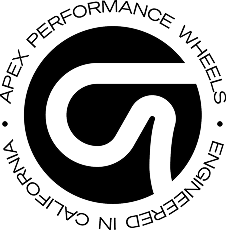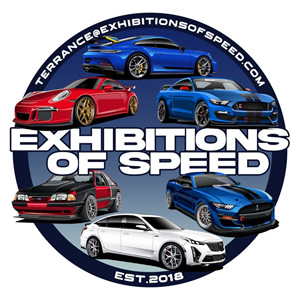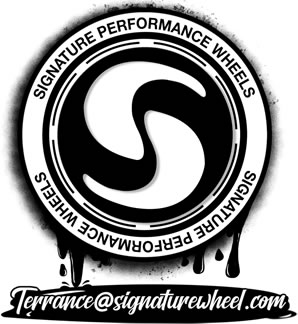Well....haven't done much with the BMW Buster of late. My Wife, the Fairest Sandra the Red, drives it to work every day along with driving it to her two-days-a-month weekend sidejob. We have near 7000 miles on the car at this point. While we are having a few rough spots in the ownership experience, we've had no major problems. Heck, I wish I could buy a second one–maybe a blue coupe with a six-speed, the HUD, the Recaros and the Carbon package. Damn, I wish the stock market wasn't in the toilet:frown:
At 7500 miles the Cadillac free maintenance is supposed to rotate the tires. Actually, that seems like not much mileage for a tire rotation. I wonder what the ATS-V development team knows about tire wear that prompted them to require tire rotations at 7500 miles.:dunno:
I tell you one thing, the engine in the BMW Buster must be pretty "tight". Since the first oil change at 1096 miles, it's only used 1/2-qt of oil. I'm impressed with the LF4 engine in that respect.:biggrin:
We got a nice letter from Cadillac today outlining the CUE upgrade which explained to dealers in a service bulletin several weeks ago. Only problem is, Cadillac seems to be having trouble providing enough parts for dealers to perform the update. The parts for our car's upgrade to CUE 2.5 are still not in.
The noise/vibration issue I've been talking about for the last month or so is still not solved. I took the Asst. Service Mgr. at Bunnin Chevrolet Cadillac for a ride several weeks ago and with him in the back seat and me driving at 85-mph, he said he could hear and feel the vibration. When the tech. who works on stuff like that drove it, he came back saying he really couldn't get a feel for it, but, admittedly, he wasn't anxious to drive the car that fast in traffic. The dealership told me they called GM about it and their only comment was "He (meaning me) shouldn't be driving that fast on the street, anyway."
Wait....what?

You mean no one at GM has ever driven I-15 from Barstow to Las Vegas? Hell, sometimes the flow of traffic is 85-mph along there.
After we get the CUE upgrade done, I'm going to start hitting the dealership a little harder on this because I don't think a car costing upwards of 70 large should have a buzzing/hum from the rear seat area when driving at 75-85 mph.

I still want to change the spark plugs to something a step colder. I have some Densos for it but so far, I haven't found the time to devote to the time consuming task which is changing plugs on an LF4.
I'd also like to change the transmission over to Joe Gibbs Driven Dexron 6 ATF. That actually looks like a pretty easy job as the service manual says the trans pan gasket can be reused. What Lake Speed Jr, who runs Joe Gibbs' oil operation, told me in an email:
The DEXRON HP is just a lighter version of the DEXRON VI. We have access to the factory fill additive package, so we just upgrade the base oil…
While Dexron HP might be worth a percentage point in fuel mileage, I'd rather use the slightly higher viscosity of Dexron 6.

 ocker:
ocker: :
: rnout:
rnout:


